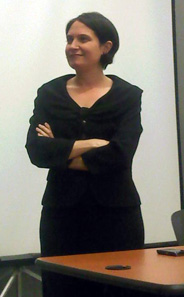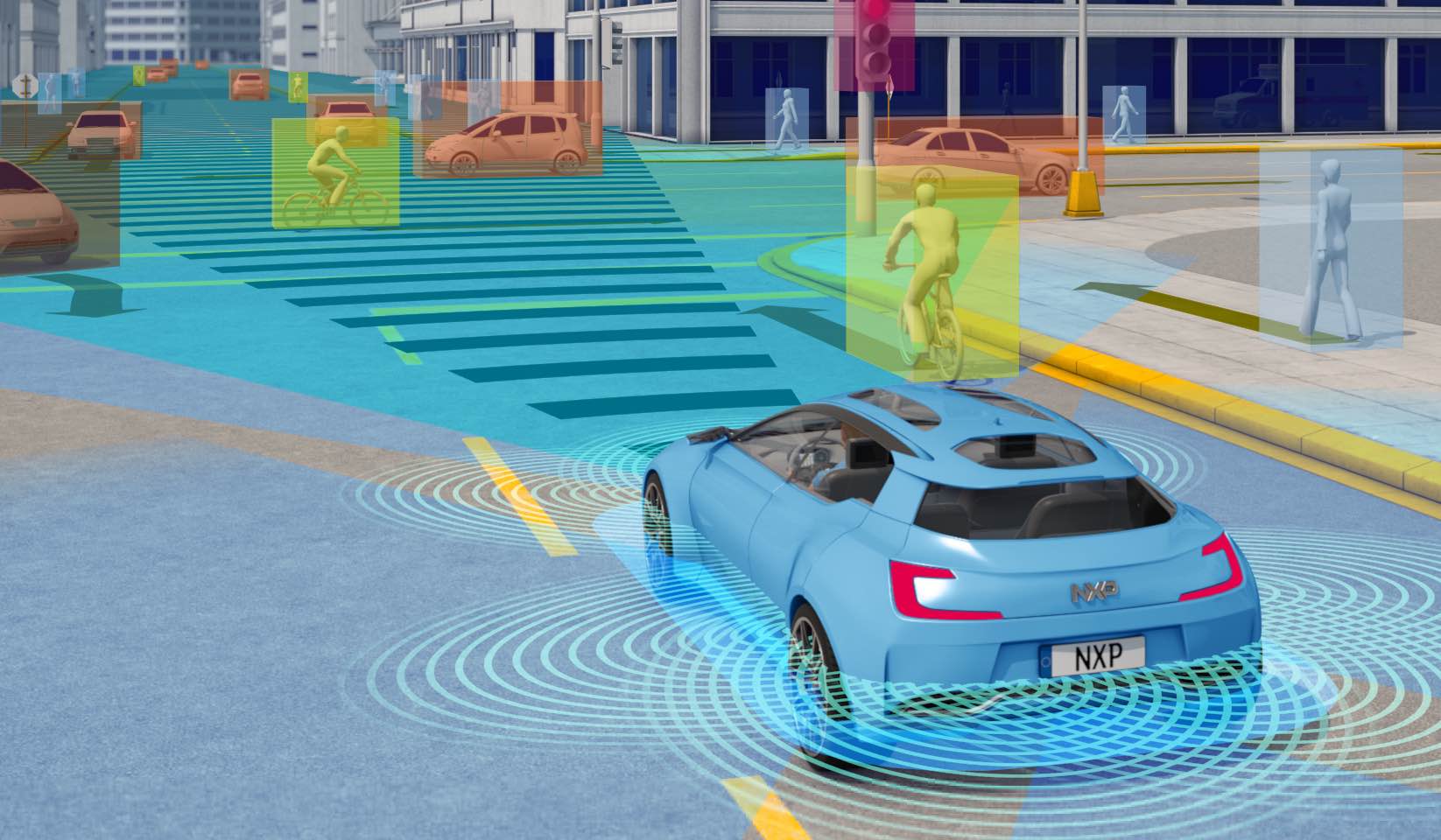At a networking event for young transportation professionals yesterday, a member of the Department of Transportation's policy team offered insight into the Obama administration's strategy as it attempts to reset the nation's transportation polices.

Federal lawmakers usually set transportation policy by authorizing a major spending bill every five or six years. The last of these bills -- known as SAFETEA-LU -- expired in 2009, but lawmakers' efforts to agree on a reauthorization bill have languished in Congressional committees due to disagreements about how to pay for it.
Since SAFETEA-LU expired, Congress has passed stopgap spending measures to keep the system functioning; however, the lack of a coherent, long-term vision has left state and city transportation departments adrift and has made it challenging for them to plan strategically.
On Labor Day, President Obama put transportation near the top of his agenda by calling on Congress to tackle stagnant job growth by repairing and upgrading infrastructure. He asked Congress to ramp up investment in roads and rail, create a federal infrastructure bank that would help fund large and complex projects, reform the Balkanized structure of federal transportation spending programs, and make the nation's transportation system safer and more livable. Advocates for shifting away from the highway-centric effects of current federal policy were encouraged by Obama's use of the word "reform," and the lack of any mention of expanding highways.
However, in many ways, Obama's Labor Day proposal lacked specificity. Most notably, it offered little insight into how the administration expects Congress to pay for the next reauthorization. At yesterday's event, the deputy assistant secretary for transportation policy at U.S. DOT, Beth Osborne, made clear the lack of specificity was by design. "I'll be very honest. There aren't a lot of details beneath what we put out to the public," she said. "We really want to go at this in cooperation with Congress."
And that process, she warned, won't necessarily be a smooth one. While the last several authorizations have had plenty of funding, the program is broke this time around due to the dwindling power of the gas tax. "It's not going to be as easy, but just because it's hard doesn't mean it's not worth doing," she said.
One of the administration's priorities, she noted, will be to improve the livability of the nation's cities and towns. Critics in Washington, she said, have told her that livability is hard to define, but that the concept has proven easy enough to grasp for people outside of politics:
Interestingly, I really only hear that inside the Beltway. When you travel with the Secretary nobody thinks it's hard to define and nobody needs it defined. They know exactly what we're talking about. And it is remarkable. This is not a regional thing, this is not a big community versus small community thing. People really get what you're talking about. What we're talking about with livability is a community that has transportation choices, different types of housing, and destinations close to your home. That's it. Not a terribly complex concept.





